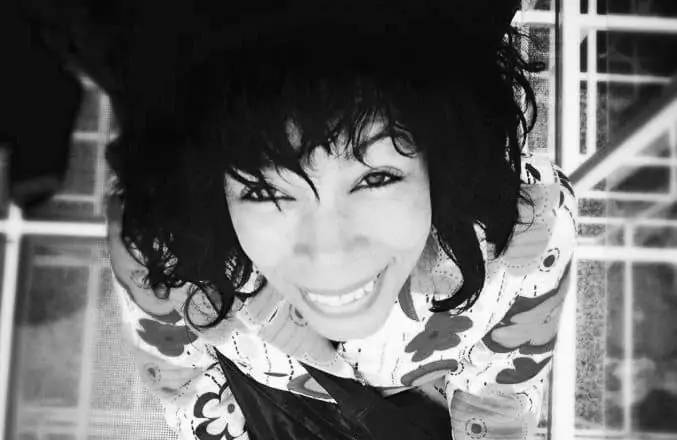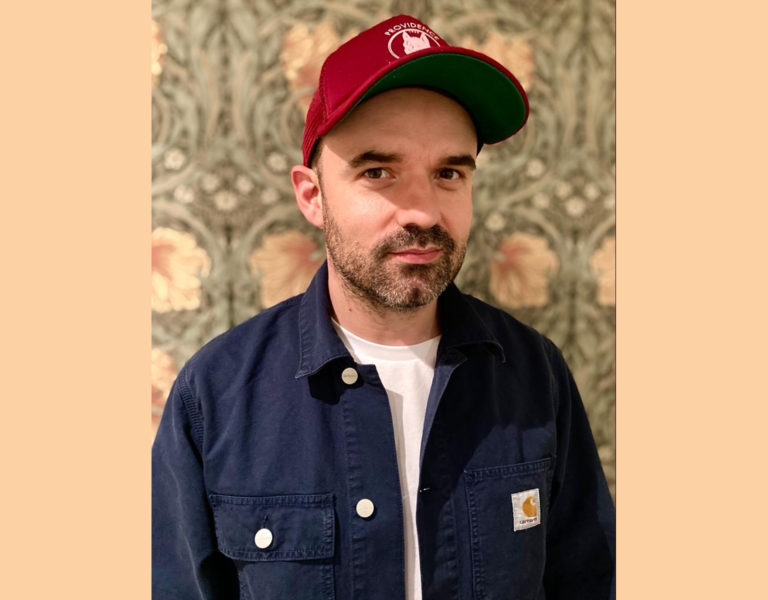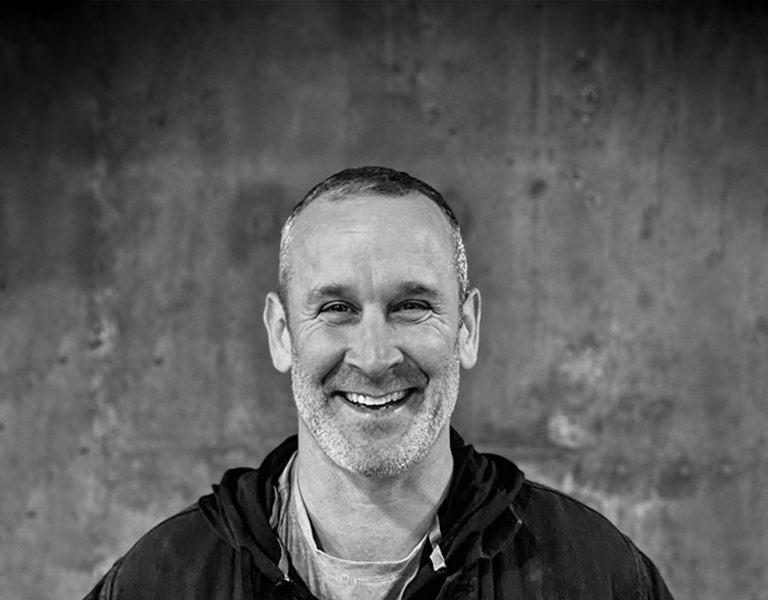Vibrant storyteller
Selected filmography (as senior colourist, unless otherwise stated):
TV: Culprits (2023, cin. Philipp Blaubach BSC/Anna Valdez-Hanks)
The Witcher S1-3 (2019-23, cin. Gavin Struthers ASC BSC/Jean-Philippe Gossart AFC, Romain Lacourbas ASC AFC, Scott Winig)
Bad Sisters (2022, cin. Nicole Hirsch Whitaker ASC)
Anatomy of a Scandal (2022, cin. Balazs Bolygo BSC HCA)
The Undoing (2020, cin. Anthony Dod Mantle ASC BSC DFF)
What inspired you to become a colourist?
I aspired to be a dubbing mixer but that was late last century! Things were very different in the early ‘90s and as far as I could see there were no other women playing technical roles in sound. I rose up through reception, scheduling and finally to the sound transfer department transferring sound FX on to film for optical tracks (anyone younger than 30 will have to look this up). Long story short, I didn’t last very long but ended up working at a picture house. I was one of the few people who knew anything about film handling, so I gravitated to the film transfer department. Digital grading had just been invented and it felt to me that grading colours was a lot like mixing sound, it seemed a good fit.
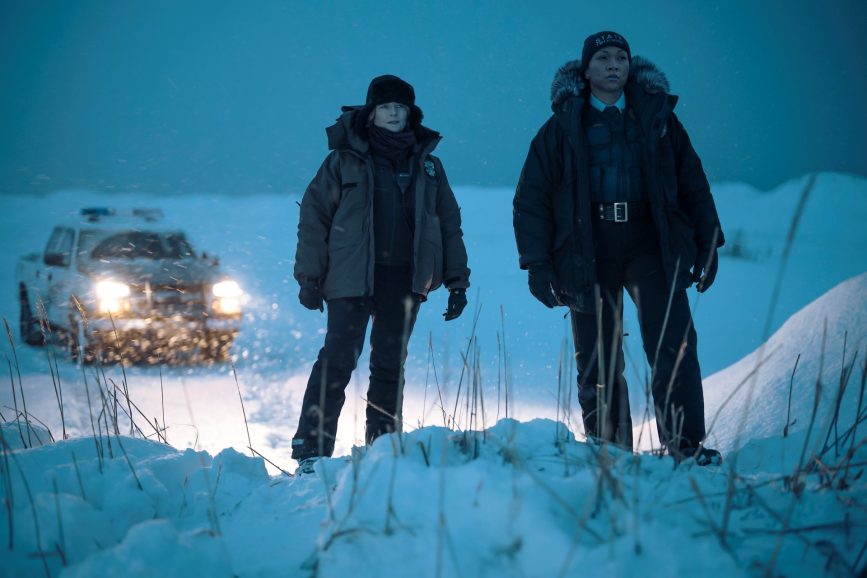
How and where did you learn the craft?
I was an assistant for a long time at a company called Rushes in Soho which has sadly closed now. There was no formal training as such, just a lot of watching and learning until someone trusted you enough to grade something for them. I graded a lot of low budget music videos before commercials and then long form drama and feature films. It’s common to rise up the ranks very quickly these days but I did long hours on low budget jobs for a long time before getting any sort of break. But I loved every minute of it!
What would you single out as your big break?
It’s hard to say when the break came. I graded a great promo for the band All Saints called “Never Ever”. That got some attention from my peers. A few years later when I had moved into grading long form drama, I won an RTS Award for grading the BBC show Life on Mars. I was also awarded The Women in Film Craft Award – 2008 was a vintage year!
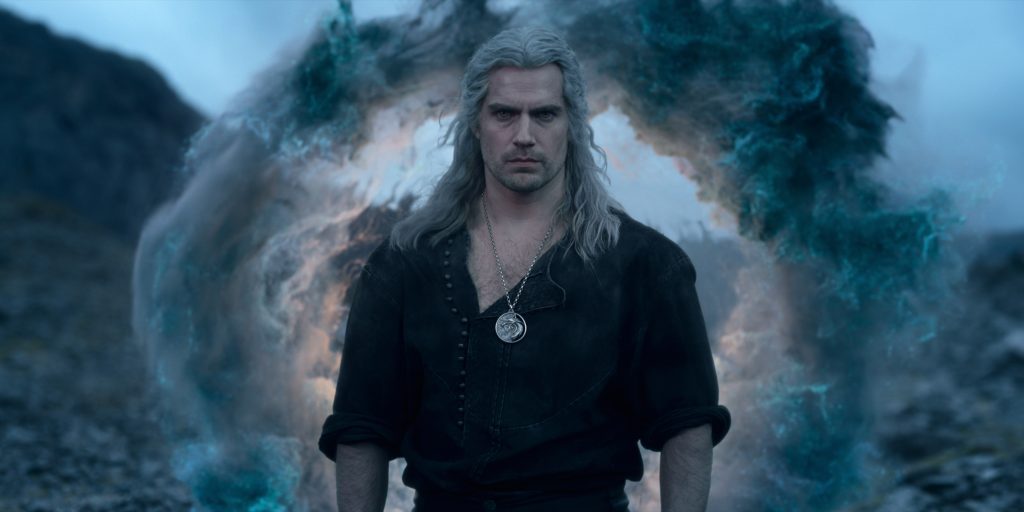
What are the key qualities of a star colourist?
I feel very glad that I was an assistant and junior for so long because I was able to learn a lot, not just about pictures and technology but also about people and communication. I still believe that empathy and listening are the key skills of the job – a colourist is the interface between the vision that a person has in their heads and an awful lot of technology. You are always hoping that the technology doesn’t get in the way of the creativity. You need enough ego to make a client trust you but not so much that your work will overpower the narrative. If the grade gets noticed above the story then it’s not successful in my mind.
Who or what are your biggest inspirations or mentors?
I was lucky to work underneath some great and generous senior colourists. I’ve also collaborated with some amazing DPs who have been amazing teachers. Every job you do teaches you something new. Even today I feel like a beginner every day and I get the same butterflies and excitement before I start a new project.
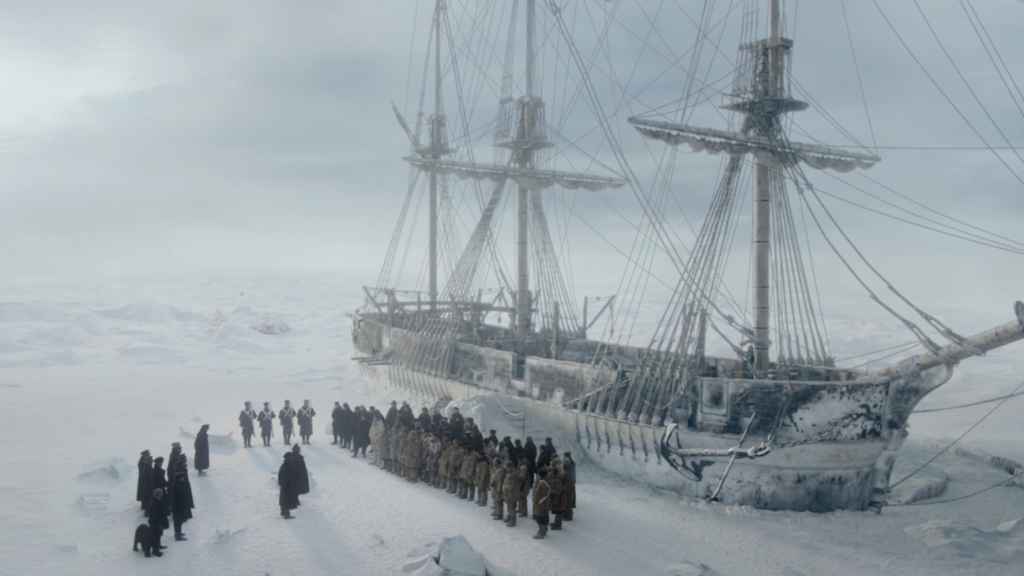
What are the fundamentals of a successful colourist/DP relationship?
A colourist is always playing catch up with a director and DP who have been joined at the hip for many months, they have had many discussions on the looks and feel of the project but a colourist will have to pick up on all of this in a matter of minutes. So, I like to be as prepared as possible. I will read the script, ask for mood boards or the deck so I can start to see the taste of the creatives. If time allows, I will ask for a few hours of “play time” with just the director and DP to see some footage together and get to know what they like and don’t like. All information is valuable as grading/colour timing is very much still seen as a “real time” process and so the schedule is often tight.
In my mind, colour and density help navigate the narrative in much the same way a sound score might. It tells you something instinctively about the story at an emotional level. Viewers are sophisticated and it’s easy to suspend their belief if something doesn’t match or feel true.
Which production was the most challenging and why?
All projects can have challenges. Some of those are technical when one is trying to push the boundaries of technology. Some of the challenges are often just learning to communicate. Post-production in general and grading in particular are about solving problems; some people make that hard, some people make that easy! But when everyone pulls in the same direction the project often becomes greater than the sum of its parts and that’s a wonderful result.

Which production are you most proud to have worked on and why?
My best experiences are when I get to add something that wasn’t there but feels like it always should have been, like the grade for The Terror, shot by Florian Hoffmeister BSC for BBC2. Florian is an absolute master, as this year’s Oscar nomination [for TÁR] proves. He shoots amazing pictures but always allows me creative input. We have a similar taste and sensibility which is an amazing shorthand. I am currently working on an HBO series with him that will be released soon.
What innovations have you been impressed by?
We live at such an exciting time in history and the stories we tell on screen are becoming more and more immersive and inventive. We are already seeing AI technology coming through in VFX. Creatives are also using AI created images as references; it’s really just a matter of time before it’s an integrated part of our workflow. LUTs can already mimic film stocks so it’s not a stretch to imagine you could get an AI generated look in the style of a specific movie or painting. AI in the creative industries fills me with excitement more than dread.
Apart from the obvious advances in CGI and virtual sets (volume) and working at a higher dynamic range, one of the biggest changes in my work experience has been the ability to work remotely. Creatives and producers can now dial in and be part of the grading process from wherever they are providing they have a calibrated iPad.
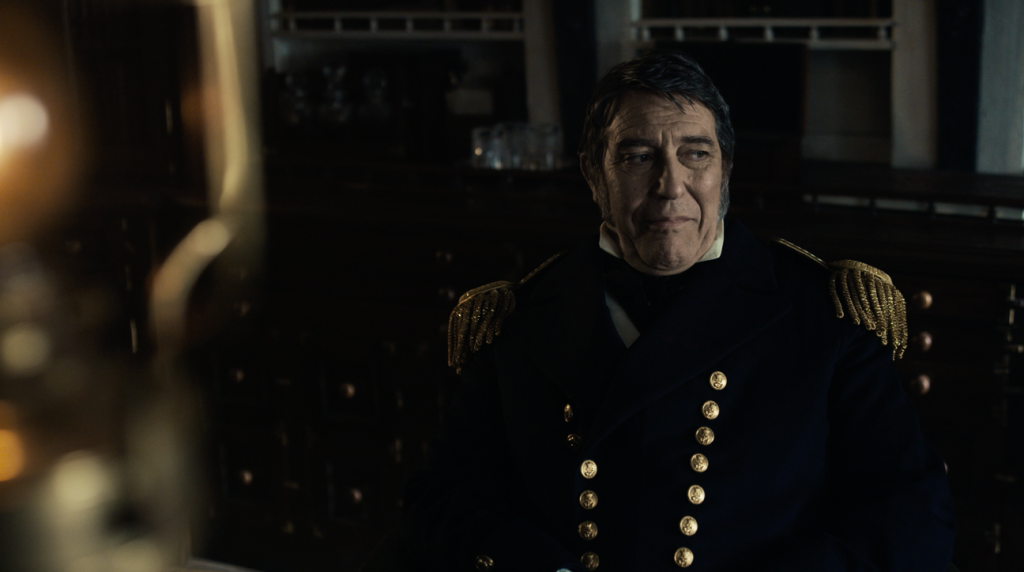
What obstacles do you face in your career and how do you overcome them?
The biggest obstacle for any busy colourist is trying to stay ahead of technology and learning new things. We are required to be experts and a colourist is only as good as the team around them. A bit like an F1 driver, we may get all the glory but there’s a whole team of experts keeping us on the road!
What advice would you give aspiring colourists?
I think grading is more exciting than it’s ever been as its applications are far and wide. There is so much content and so many platforms now. There are many more ways to use grading so my advice to aspiring colourists is to not always take the traditional routes. You can fiddle at home and produce a beautiful image but what makes a successful colourist is collaboration, learning to listen, bringing ideas to the table but never overpowering the core idea.
What inspires you outside of the world of film?
I get a lot of inspiration from art. The masters knew a thing or two about light and dark. DPs will often talk about photographers that they admire so it’s a good idea to have an interest in photography. A good music playlist will get you a long way if there are tensions in the room. It has literally saved the bacon on many occasions!
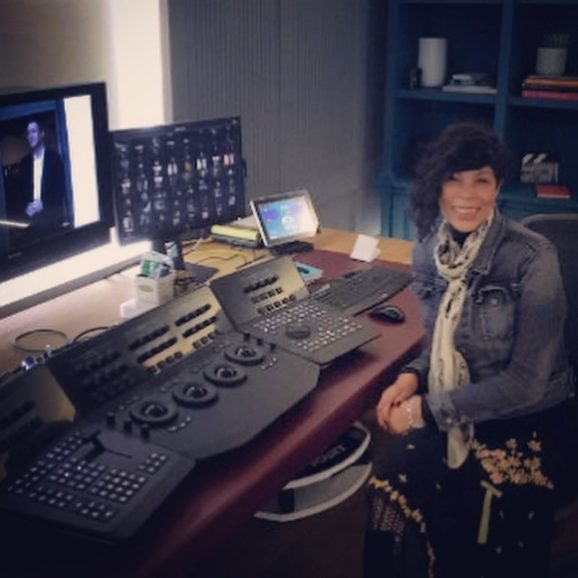
Cinematographer Suzie Lavelle BSC ISC says…
“I love working with Jet – patient, a good listener and a brilliant colourist, nuanced and her work always serves the story.”
Cinematographer Florian Hoffmeister BSC says…
“I have worked with Jet on three productions where in-camera image manipulation was at the forefront of the cinematography. Great Expectations, which used heavy in-camera colour filtration; The Terror, whose look was based on a simulation of the bleach-bypass process; and the upcoming instalment of True Detective, where we constructed a LUT that was partly burned into the image files. Jet was there from the start, during prep and did all the tests with me. She understands the significance of a stable colour pipeline and the liberation that strong colour decisions made early mean for the final timing process. With all conceptual work done by this point, we can then concentrate on finessing and pushing the look further. I consider her a proper filmmaker in her craft, and a storyteller through colour.”
Cinematographer Ruairí O’Brien BSC ISC says…
“When I’m selecting a colourist I have to consider the possibility that I won’t be able to attend the grade, so I need someone with truly great taste, that’s where Jet stands out. We have worked together on numerous occasions, and I always come away feeling that my work has been improved.
“Being a colourist is part artist dealing with light and shade and part plumber, fixing production’s leaky pipes, you can’t be good without embracing those elements and Jet applies real creativity to both aspects.”
Cinematographer Neville Kidd ASC says…
“Working with Jet on Anansi Boys was a fantastic collaboration, I really enjoyed finding the best cinematic aesthetics with Jet and choosing which ones were right for the project. Jet has a second sense of taking onboard your ideas and perfecting them.
“In the early stages of production I really enjoyed exploring the colour science with Jet, looking at different visual styles and discussing options of colour palettes, textures and film grains. Jet has a sense of knowing what will enhance the project and is brilliant at offering ideas and creating LUTs that are exactly right for the visual world we are creating. On Anasi Boys we created different LUTs for different characters and we actually had a colour science story arc where the two main characters’ LUTs started as strong opposites and slowly started to merge as their emotional stories started to merge and in the last few episodes their LUTs joined together. Jet’s close involvement with the story really helped give Anasi Boys a strong visual look that enhanced this amazing Neil Gaiman story.
“We also had a lot of LED volume work and Jet and I spent a lot of time finding a colour science that would blend the LED light emitting world with our light reflecting world of our actors and set. This proved to be a real challenge as the human eye has to be deceived to believe the worlds are one, Jet’s input into this was exceptional and the colour science she created to blend these two worlds was astounding.”

